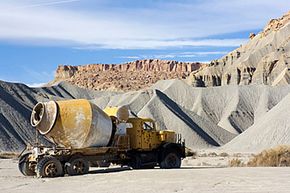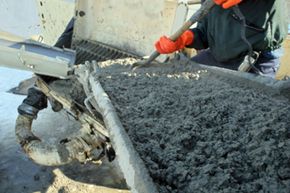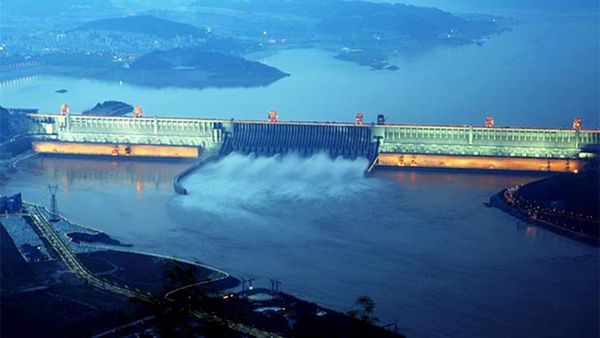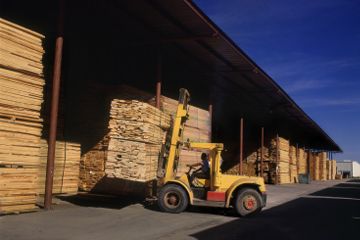Key Takeaways
- Cement mixers, essential for construction projects, combine heavy loads, powerful engines and rugged construction to transport concrete to sites, with most trucks ranging from 250 to 300 horsepower.
- The mixer itself, often a volumetric plant, is custom-fitted to the truck's engine and frame, allowing for a mix-and-match approach to meet specific company needs.
- Key to a cement mixer's operation are its axles and braking system, which manage the heavy load.
Most construction equipment is easy to understand. Cranes move things up and down. Dump trucks load up, move out and unload. Bulldozers push and graders grade. The one exception to this is the humble cement mixer, beloved by children, hated by in-a-hurry drivers, and misunderstood by most people outside the cab of the 30,000-pound (13,608-kilogram) behemoths.
While concrete has been around in one form or another since before the Romans built the Appian Way, the transit mixer is a child of the 20th century. But recent invention or not, the mixer is here to stay.
Advertisement
The misunderstanding begins with the name. What people refer to as a cement mixer is known in the construction industry as a concrete mixer and comes in a large number of types, sizes and configurations to handle the many tasks set before it each day. That need to fill so many roles means the machine is dynamic, changing shape and form as the needs of the people using concrete change as well.
In this article we'll examine some of the major types of mixers, from the traditional drum-shaped ready-mix transit mixer to the less-common but growing in popularity volumetric mixer, essentially a concrete plant on wheels. How cement mixers work and why they work the way they do is a fascinating combination of old and new technology. You'll never see a cement mixer the same way again.
But before we begin, let's clarify the difference between cement and concrete. In baking terms, the difference between concrete and cement is the difference between flour and a loaf of bread. Concrete is a generic term for a mix of aggregate -- usually stone or gravel, water and cement. Modern cement is a complex blend of finely ground minerals, and goes by the generic name of "portland." Concrete is made by combining the three ingredients in a mixer, whether that mixer is stationary or driving down the road, and the water is absorbed by the cement, which then binds the aggregate together, creating concrete.
Advertisement




